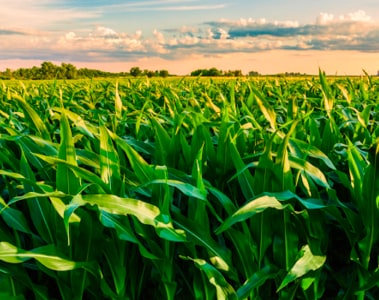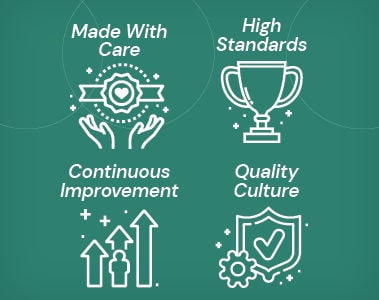Vitamin D plays an essential role in animal health. Commonly known as the “sunshine vitamin,” vitamin D3 can be produced in the skin when exposed to UVB light from the sun. However, the rate of production of D3 via sun exposure varies between species, skin color, geographical region, and time of year. It is important to understand the vitamin D needs of beef cattle, as well as its specific forms and functions, because sunshine alone may not provide enough D3 for optimal health and performance.
Vitamin D is essential for developing robust bones in animals. It regulates the absorption of calcium (Ca) and phosphorus (P), both of which play a crucial role in bone calcification. It also has been shown to activate a critical innate immune defense in cattle against microbial pathogens and can influence the expression of genes related to muscular anabolism and protein synthesis in feedlot cattle.
Three ways to get vitamin D
Animals can get vitamin D in three ways: produced in the skin with exposure of UVB light from the sun; supplemented in the diet as D2 (ergocalciferol) or D3 (cholecalciferol); or supplemented in the diet as the bioactive metabolite 25-hydroxyvitamin D3 (25-OH D3), which is the circulating form of vitamin D in the body.
When vitamin D2 or D3 is included in diets, it must go through two metabolic transformations in the body — first in the liver and then in the kidneys — before it reaches a form that is bioavailable. This time-consuming process reduces the effective level of vitamin D3 in the bloodstream. When 25-OH D3 is provided, the conversion step in the liver is bypassed allowing a faster and more efficient uptake of the required metabolite, increasing serum vitamin D levels and contributing to stronger bones and healthier, more productive animals.


